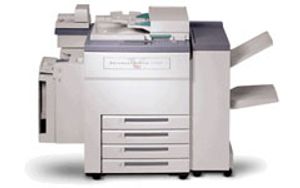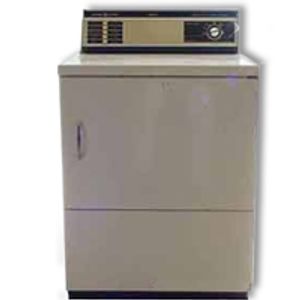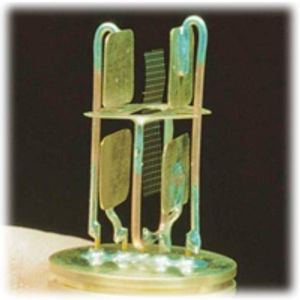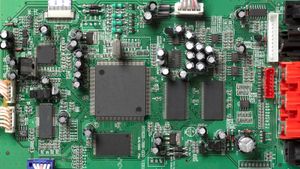Shock Factors
You may wonder why you don't see sparks every time you lift a piece of paper from your desk. The amount of charge is dependent on the materials involved and the amount of surface area that is connecting them. Many surfaces, when viewed with a magnifying device, appear rough or jagged. If these surfaces were flattened to allow for more surface contact to occur, the charge (voltage) would most definitely increase.
Another important factor in electrostatics is humidity. If it is very humid, the charge imbalance will not remain for a useful amount of time. Remember that humidity is the measure of moisture in the air. If the humidity is high, the moisture coats the surface of the material, providing a low-resistance path for electron flow. This path allows the charges to "recombine" and thus neutralize the charge imbalance. Likewise, if it is very dry, a charge can build up to extraordinary levels, up to tens of thousands of volts!
Advertisement
Think about the shock you get on a dry winter day. Depending on the type of sole your shoes have and the material of the floor you walk on, you can build up enough voltage to cause the charge to jump to the door knob, thus leaving you neutral. You may remember the old "static cling" commercial. Clothes in the dryer build up an electrostatic charge. The dryer provides a low-moisture environment that rotates, allowing the clothes to continually contact and separate from each other. The charge can easily be high enough to cause the material to attract and "stick" to oppositely charged surfaces (your body or other clothes, in this case). One method you could use to remove the "static" would be to lightly mist the clothes with some water. Here again, the water allows the charge to leak away, thus leaving the material neutral.
It should be noted that when dirt is in the air, the air will break down much more easily in an electric field. This means that the dirt allows the air to become ionized more easily. Ionized air is actually air that has been stripped of its electrons. When this occurs, it is said to be plasma, which is a pretty good conductor. Generally speaking, adding impurities to air improves its conductivity. Having impurities in the air has the same effect as having moisture in the air. Neither condition is at all desirable for electrostatics. The presence of these impurities in the air usually means that they are also on the materials you are using. The air conditions are a good gauge for your material conditions -- the materials will generally break down like air, only much sooner.











